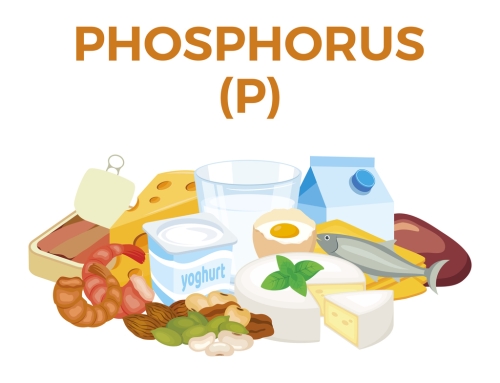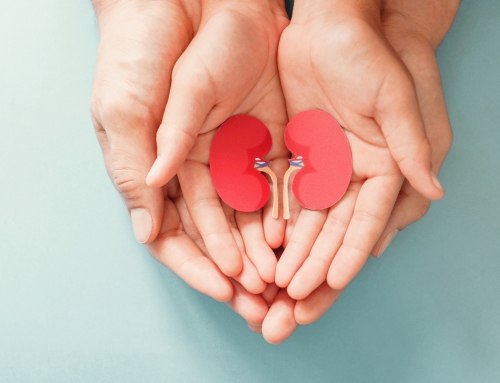Can the Medicare “Donut Hole” Affect Kidney Patients?
The short answer to this question is “maybe”. The longer answer reveals that the gap affects some Medicare recipients more than others. A closer look will help to explain the reason why these two answers are different and how your patient may be affected.
What is it?
The “donut hole” is a gap in prescription drug coverage under Medicare. This gap begins when a person reaches a predetermined amount during the year based on average retail cost of drugs. In 2011 the gap begins when a person spends $2840 in actual out of pocket drug costs in a year. They reach the other side when their costs hit $4550 in that same year. Steps are being taken to minimize the impact on seniors and the gap will be completely eliminated by 2020 through rebates and discounts for those who fall into this gap.
What does this mean for providers?
Many patients, especially those on fixed incomes, may have difficulty paying for their medications when their Medicare drug coverage stops. This can mean that patients take less of their drug to make it last longer or skip doses. Some stop taking their medication altogether. Obviously all of these can impact the health of the patient. The good news is that there are programs available to help bridge this gap for Medicare recipients.
What kind of help?
Those affected by the donut hole will receive a $250 rebate check. They will also receive a 50% discount off the price of brand name drugs and 7% off of generic drugs. This discount is being paid for by pharmaceutical companies. Patients will pay less over the next few years until they only pay for 25% of the cost until they reach an annual limit.
Independent co-pay foundations can cover out of pocket costs for drugs for Medicare recipients with standard part D coverage. Those with commercial or private health insurance may be eligible for discount programs through specific pharmaceutical companies.
Patients who are eligible for both Medicare and Medicaid, known as dual eligible, are usually not affected by this donut hole.
What can providers do?
Talk to patients about their prescriptions. Be alert to signs that they may not be taking them as ordered and be sensitive that cost may be a factor. Understanding the donut hole will help you to identify those patients who may be at risk due to the donut hole. Taking the time to talk to patients about these risks can help determine what kind of assistance they may need. Being familiar with available resources will help successfully connect your patients to the right programs.



